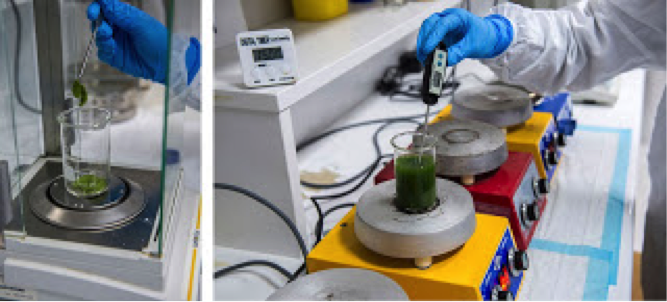
The Department of Gastroenterology at Monash University are leaders in the FODMAP analysis of foods. With over 10 years of experience performing this detailed analysis, we have a team of highly skilled staff and a laboratory equipped with state of the art equipment that enables us to provide you with the most accurate and comprehensive data regarding the FODMAP content of food. This blog provides you an abbreviated description of what is a laborious, expensive testing process, each food taking 2-4 weeks to analyse in our lab!
STEP 1:


Next we prepare the food samples. This involves freeze drying food samples at very low temperatures.

To ensure the samples are of a uniform consistency, they are then milled to a fine powder.


STEP 5:
Once we have all the FODMAP results from our lab, a dietitian determines the serving sizes that would be considered low (green), moderate (amber) and high (red).
So there you have it. It’s an exhaustive, labour intensive process, but absolutely necessary to enable people like you to manage your IBS symptoms on a low FODMAP diet. We’re constantly undertaking FODMAP analysis on new foods, so keep an eye out for app updates!